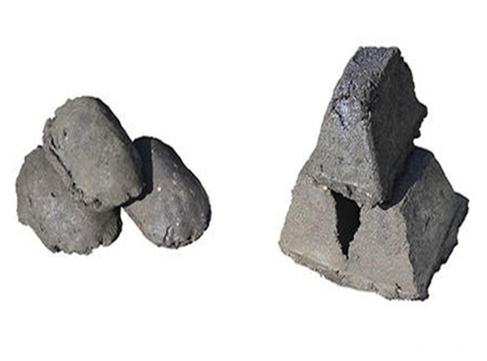
It is designed for use with disposable (reusable) electrodes. It has the ideal balance between adhesion and conductivity for keeping electrodes firmly in place, while still allowing them to transmit signals. It's easy to wash, doesn't dry out and it is hypoallergenic. Many sleep laboratories use it for EEG and EPG tests. Ten20 provides reliable results for expert technologists.
The conductive powder is made from carbon materials such as anthracite that has been electrically calibrated. These carbons can optionally be mixed with other carbon based materials in order to optimise their properties. It is baked at a specified temperature to form a solid carbon electrode that can be used repeatedly. It is very similar to a traditional graphite electrode but much cheaper.
Soderberg's electrode column, a cheaper alternative to an unwieldy casing made of steel and filled with paste electrodes at the base is a vertical cylindrical steel holder. After raising the electrode casing to between 1200 and 2000 mm in height, baking begins when the conductive paste is lowered. Thermal conduction heats the coal-tar paste as it moves downwards. This coke bakes the electrode. It produces a robust and durable carbon electrolyte that is suitable for use continuously.

Carbon paste electrodes are used as sensor electrodes in a wide variety of applications such as potentiometry, cyclic voltammetry, photometry and spectroscopy. They are characterized by their high conductivity and good stability within a broad potential window. The low resistance of their surface makes them ideal for sensitive detectors. Surfaces that have been chemically treated can be modified to increase the selectivity of electrodes and improve their usefulness.
Graphite electrodes are commonly used along with other sensor types in order to boost their sensitivity and specificity. As an example, graphite and carbon paste can be combined to make a biosensor that measures glucose in diabetics.
Consider the overall cost when comparing disposables with reusable electrodes. In the short-term, disposables can be cheaper. However, they could add up over time if they are damaged or no longer work. In contrast, reusable electrodes require strict adherence to cleaning and disinfection protocols in order to be safe for use on multiple patients.
If you are using disposables, then it's important that the paste is made of conductive adhesive. Ten20 has a good balance of conductivity. This can help to reduce interelectrodes distances as well as potential differences which could impact your results. Also, be sure to use a light touch when applying the paste. Use too much and you will reduce the ability to obtain a signal clearly from your skin.

Write a Message